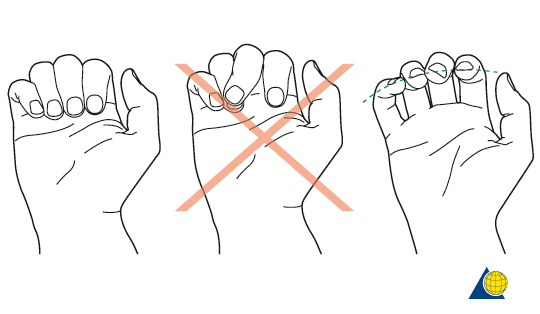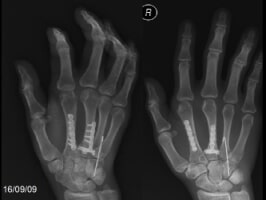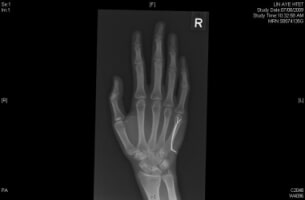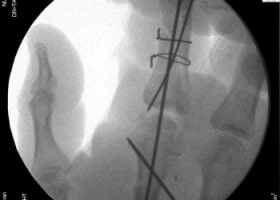Hand Fractures
Hand fractures occur when any of the bones in the hand are broken.
Fractures of the hand can occur in either the small bones of the fingers (phalanges) or the long bones (metacarpals). They can result from a twisting injury, a fall, a crush injury, or direct contact in sports.
Signs and symptoms of a broken bone in the hand include:
- Swelling over the site of the fracture
- Pain and tenderness
- Deformity when the hand looks out of shape
- Inability to move the finger/hand, this can be due to pain or deformity or a combination of both
- Shortened finger when compared to the normal side
- Finger crosses over its neighbor when making a partial fist (Fig 1)
- Depressed knuckle or absence of a knuckle
A depressed knuckle is often seen in a “boxer’s fracture.” This is a fracture of the fifth metacarpal, the long bone below the little finger.

The fingers should all point towards the base or bottom of the thumb at the wrist ( diagram courtesy of AO Foundation)
Cases of fractures can present early or late. In early and less severe cases, the function is still acceptable.
When you see a surgeon with a possible fracture, the hand will be examined to checkcheck the position of the fingers and the condition of the skin. The examination may include some range of motion tests and an assessment of feeling in the fingers. This will ensure that there is no damage to the nerves.
X-rays are the investigation of choice to assess the fracture. Sometimes CT scans are included especially those with a possibility of joint involvement.





